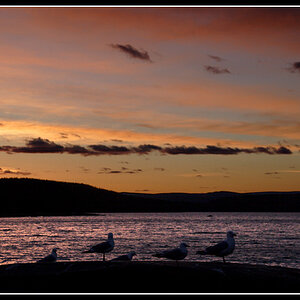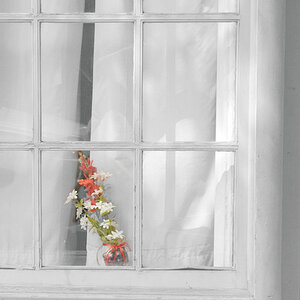Tatiana_
TPF Noob!
- Joined
- Apr 22, 2014
- Messages
- 53
- Reaction score
- 2
- Can others edit my Photos
- Photos OK to edit
I'm reading an article on "how to expose for people". And it basically says expose on the brightest part of the face and alter your shutter speed so as the meter is now 2 stops above middle grey.
What does "expose" exactly involve in manual mode?? Set what to what? How do I know I have "exposed"?
And then the second part about shutter speed. Is it slowing down or making it faster? Just the shutter speed, nothing else?
Or another article - it says " your camera will underexpose cuz there is a lot of light (portrait in sunshine) but you need to override and slow down your shutter speed enough to create bright skin tones. Again, how exactly do I do that?
What does "expose" exactly involve in manual mode?? Set what to what? How do I know I have "exposed"?
And then the second part about shutter speed. Is it slowing down or making it faster? Just the shutter speed, nothing else?
Or another article - it says " your camera will underexpose cuz there is a lot of light (portrait in sunshine) but you need to override and slow down your shutter speed enough to create bright skin tones. Again, how exactly do I do that?


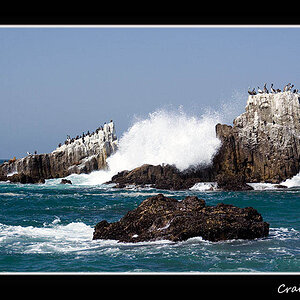
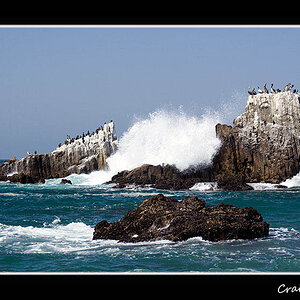

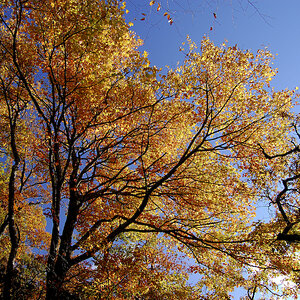
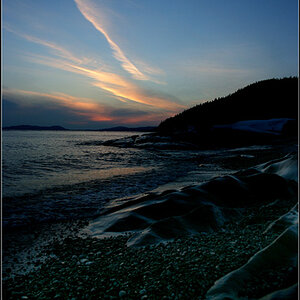
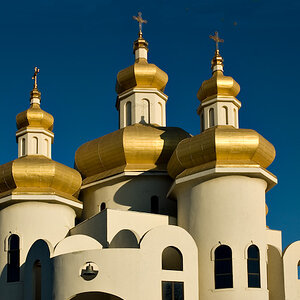
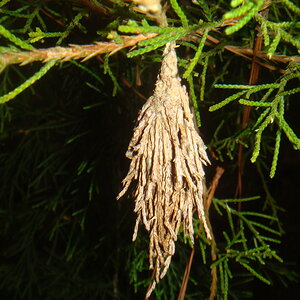
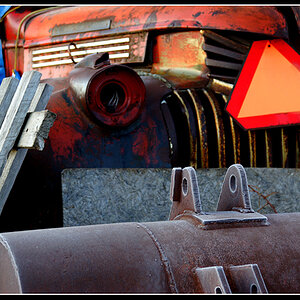

![[No title]](/data/xfmg/thumbnail/35/35877-b537a0bce18fcb18b610d787610f3d3d.jpg?1619737203)
